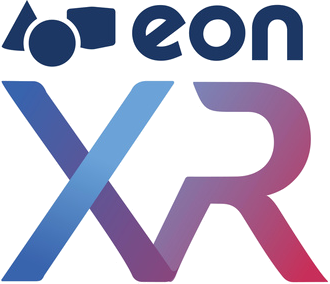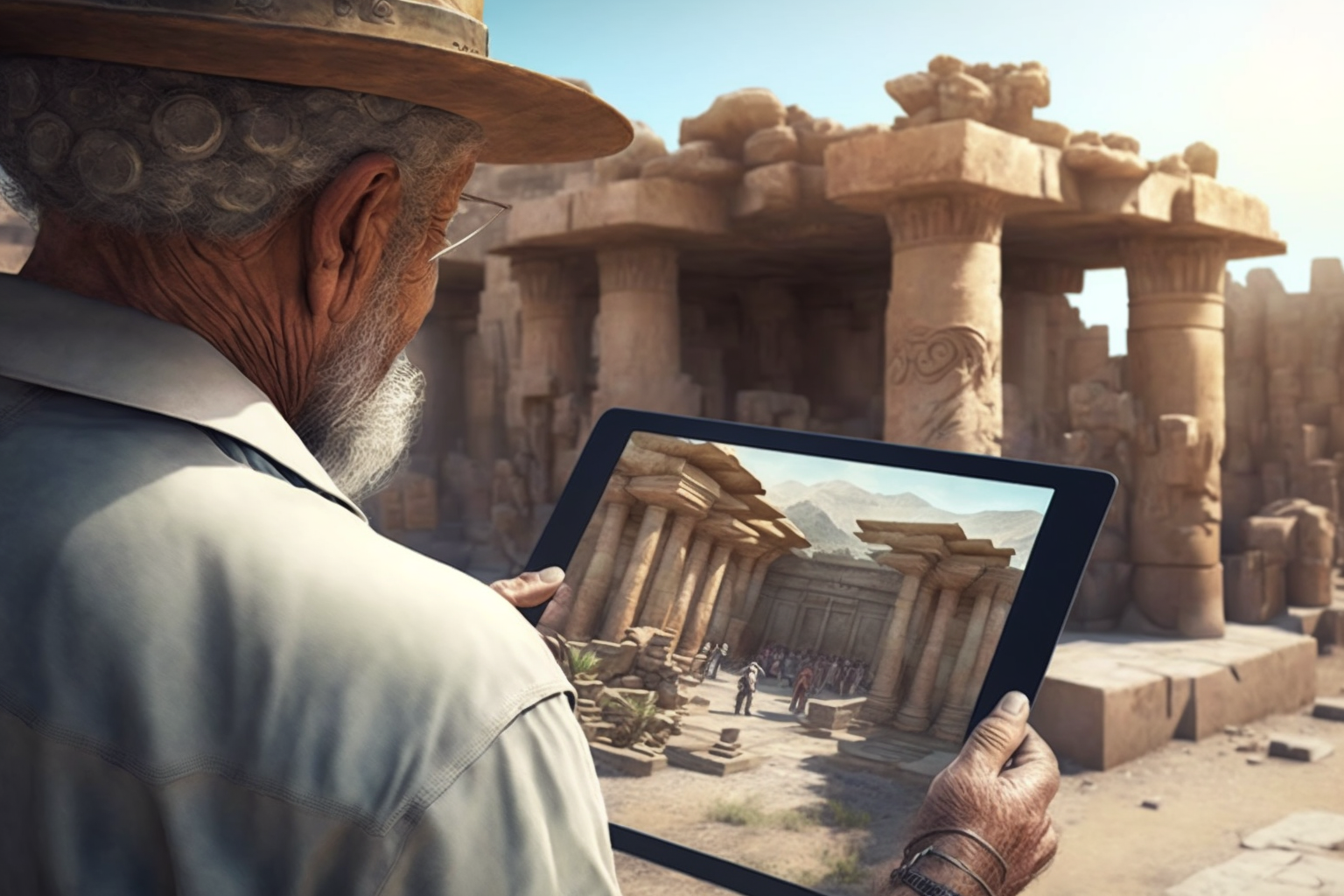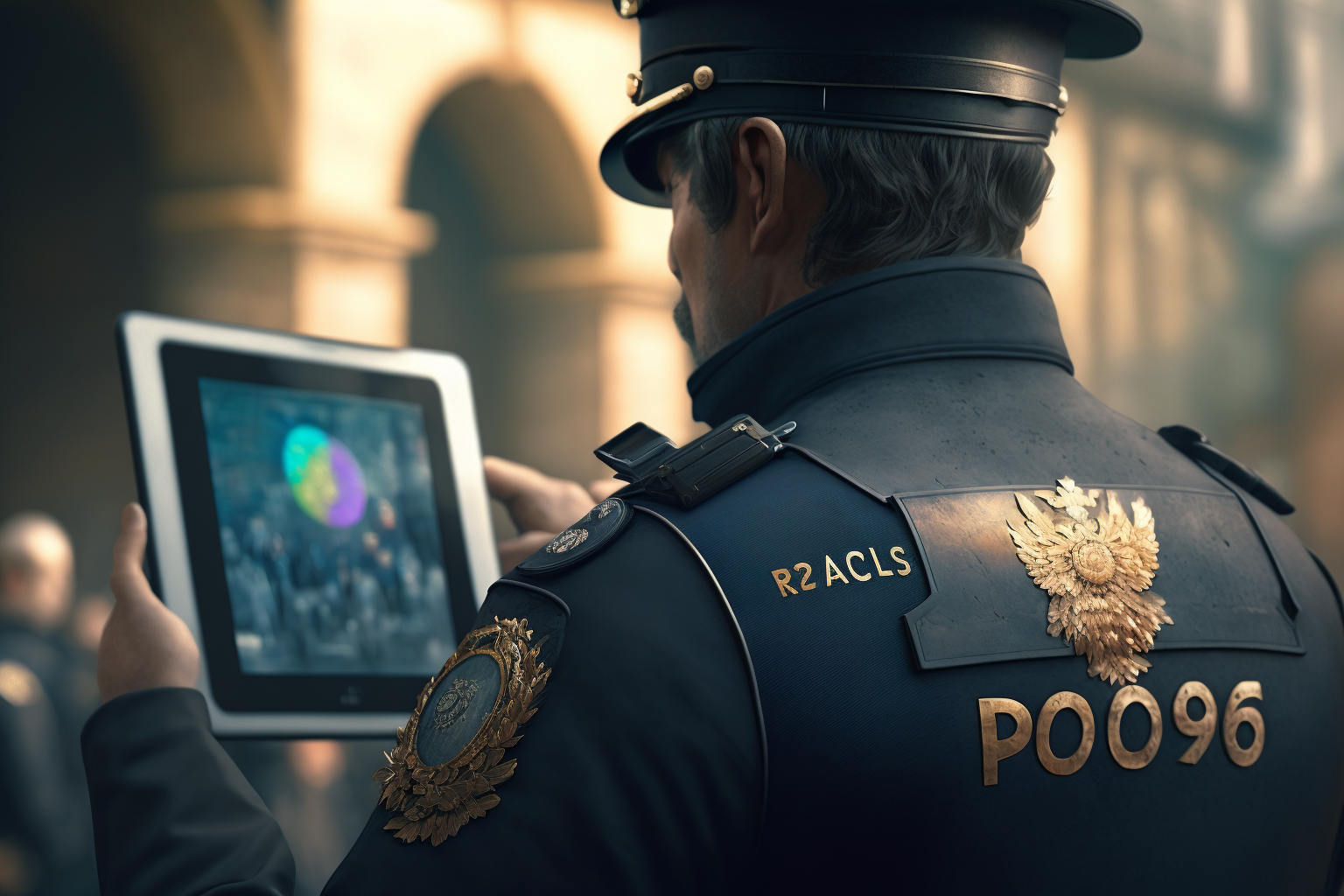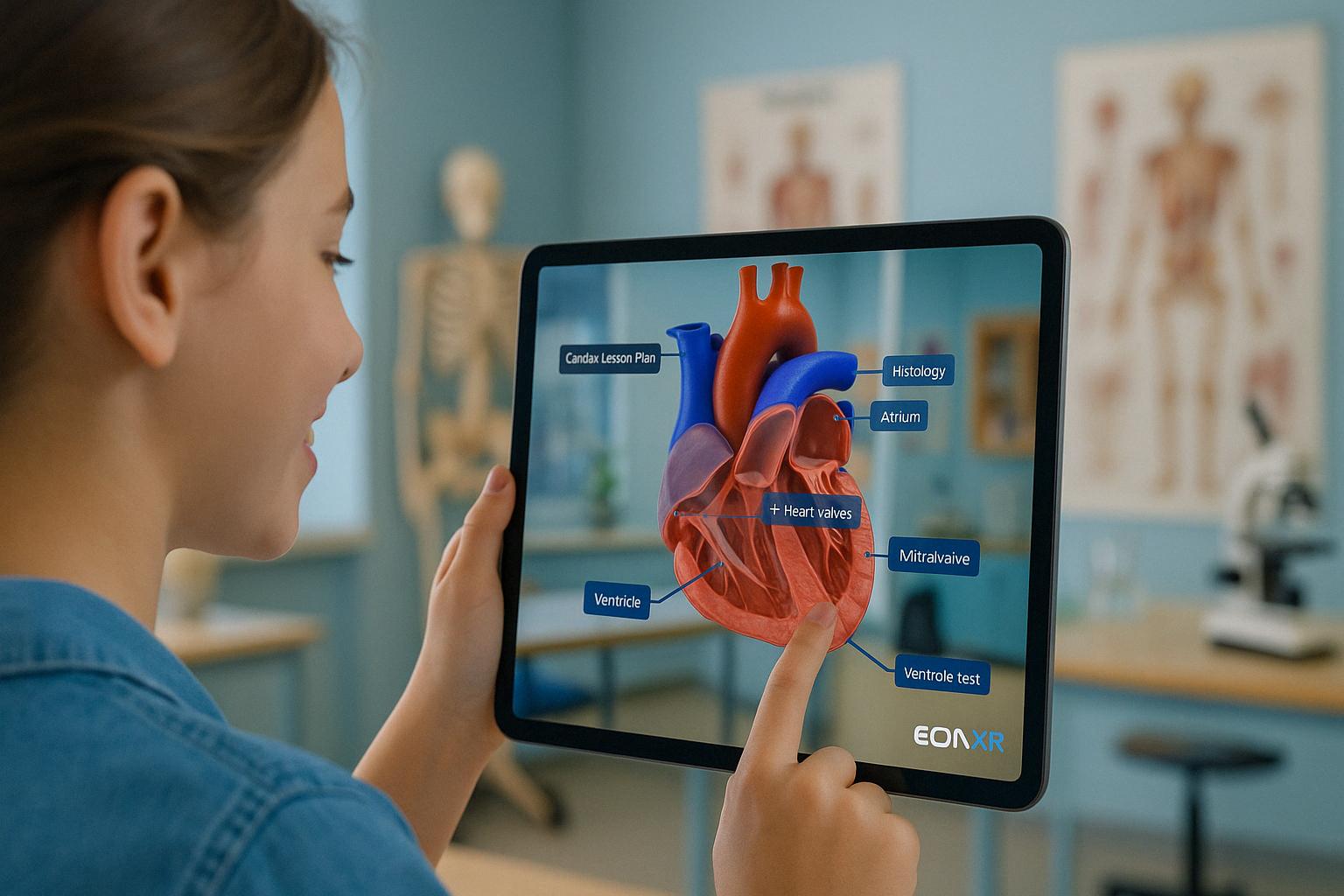As universities move to online learning, it is clear that fully replicating the lecture online is one of the least effective forms of teaching. Yet, one of the major barriers to online learning is convincing faculty to teach differently, with its urgency now exacerbated by news of continuing campus closures by leading universities.
Kyungmee Lee, a lecturer in technology enhanced learning at Lancaster University shares, “People have a very fixed mindset about lectures. That’s how they have been educated and that’s how they have been teaching for many years. Suddenly, they try to almost translate what they have done in their own practice and just move things online without redesigning the components of their teaching,” she says. “Of course, it doesn’t really work.”
This is online learning’s moment. For universities, it’s a total mess
Jazz West should be in the final term of her first year at the University of Leeds, studying maths and natural sciences in a classroom with 40 other students. Instead, she sits in front of her laptop listening to pre-recorded lectures.
Founder Dan Lejerskar offers his view.
“Change is difficult in any setting, but often, the key challenge to introducing digital technologies to teaching is convincing faculty to change the way they teach online. It is sometimes perplexing that scientists who are well versed to approach problems analytically, form conclusions and reverse hypotheses would be resistant to the evidence that show active learning and group work produce better results than a traditional lecture does. One of the common barriers we have is the need for training and support in the transition to active learning. This is why EON Reality has engaged Chief Learning Officer, Dr. Peter Looker and created a wealth of resources to provide the necessary guidance for instructors to institute digital learning practices in delivery”
What are the other barriers that impede change? Join the conversation here.












